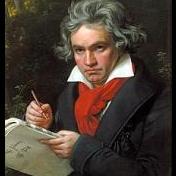How should I structure my Piano Sonata in D?
How should I structure my Piano Sonata in D?
-
1. How should I structure my piano sonata?
-
Typical Sonata Structure: Allegro - Andante - Moderato - Presto0
-
Deceleration Structure: Allegro - Moderato - Andante - Presto0
-
Acceleration Structure: Presto - Andante - Moderato - Allegro0
-
Sonata al Reverso: Presto - Moderato - Andante - Allegro0
-


Recommended Posts
Join the conversation
You can post now and register later. If you have an account, sign in now to post with your account.